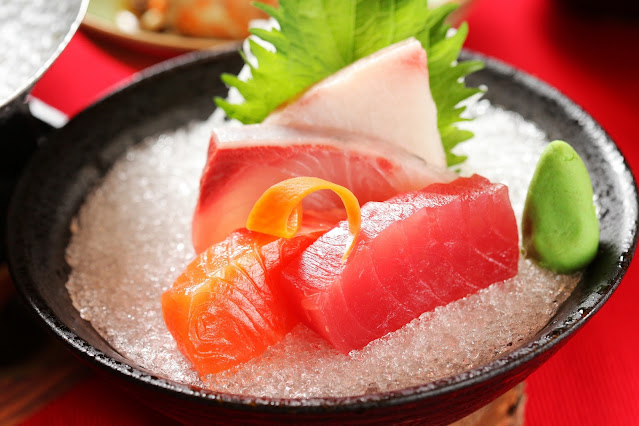Exploring the Roots of the Delectable Japanese Delicacy: Tempura
Tempura is a Japanese dish made of seafood, vegetables, or meat that has been battered and deep-fried to a crispy texture. The dish originated in Portugal in the 16th century and was introduced to Japan by Jesuit priests. Over time, it became a staple in Japanese cuisine and has since spread to other parts of the world.
The batter used for tempura is made of flour, water, eggs, salt, and baking powder. This combination creates a light and crispy texture that enhances the flavors of the ingredients. It is important to note that the batter should only be applied just before deep-frying to prevent it from becoming soggy.
The oil used for deep-frying should be at the right temperature, around 170-180°C. If the oil is too hot, the batter will become crispy too quickly, leaving the inside of the ingredients undercooked. If the oil is not hot enough, the batter will become greasy and soggy.
Tempura is typically served with a dipping sauce, such as tentsuyu, which is a mixture of dashi, soy sauce, and mirin. The sauce enhances the flavors of the dish, while grated daikon radish serves as a palate cleanser between bites.
Tempura has become popular worldwide, especially in Western countries. It is often served as a main dish or appetizer in Japanese restaurants and is also a common ingredient in Asian fusion cuisine.
Tempura is a delicious and versatile dish that has become a staple of Japanese cuisine. Its light and crispy texture, combined with its adaptability to different ingredients and flavors, make it a popular dish worldwide. Whether you prefer seafood, vegetables, or meat, there is a tempura dish for everyone to enjoy.






Comments
Post a Comment